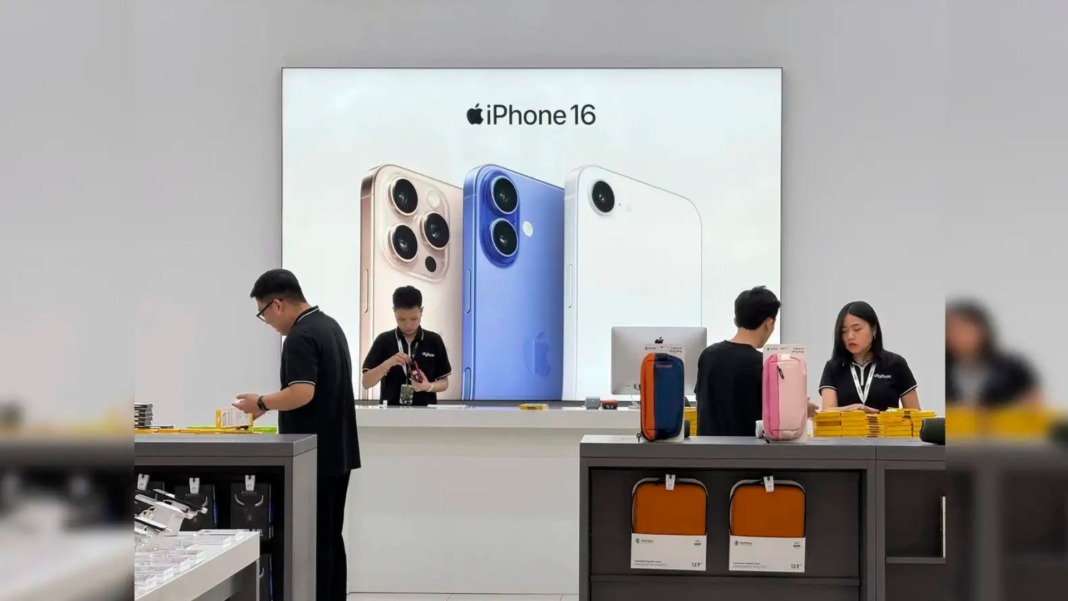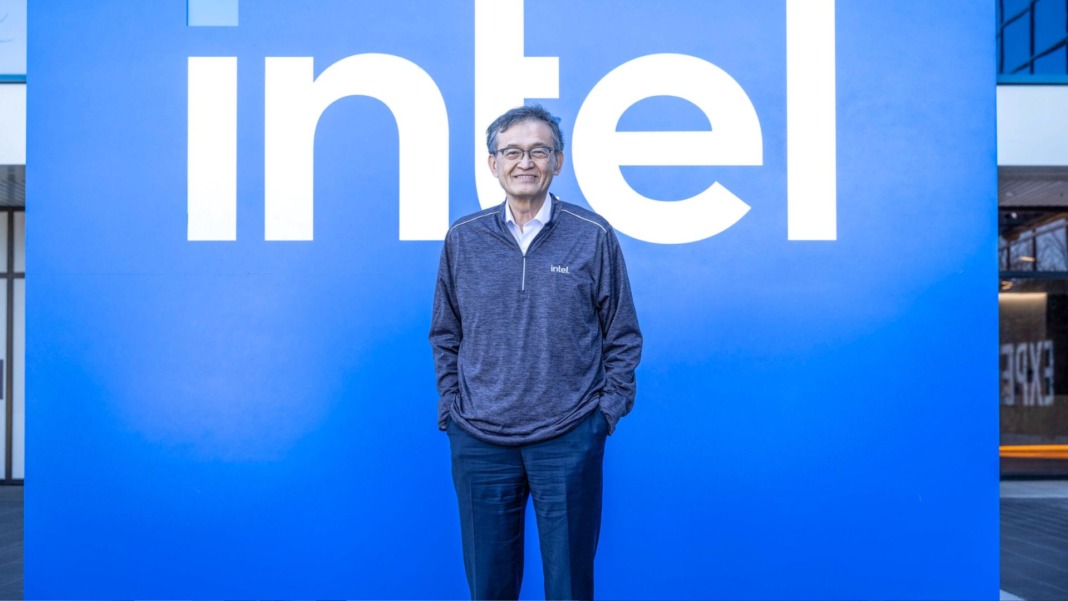Apple’s iPhone shipments across mainland China fell 9% in the first quarter of the year compared to the same period last year. According to new figures from research firm IDC, the US tech company sold 9.8 million iPhones in China from January to March, making it the only one among the country’s top five smartphone brands to see a decline in sales.
This comes only three months after Apple briefly reclaimed the top spot in China’s competitive smartphone market. In contrast, total smartphone shipments in China rose 3.3% yearly to 71.6 million units during the same period.
Government subsidies fail to lift Apple sales
A key factor behind Apple’s drop appears to be its higher pricing strategy. IDC Asia-Pacific senior research manager Will Wong said Apple couldn’t benefit from a new government-backed electronics subsidy programme. The subsidy, which began on January 20, offers shoppers a 15% discount—capped at 500 yuan (US$68.50)—when purchasing smartphones, tablets, and smartwatches priced under 6,000 yuan.
Apple’s iPhones, which typically exceed this price limit, were therefore left out of the scheme, while competitors with more affordable options saw a boost in sales. The company is also still waiting for Chinese approval to introduce artificial intelligence features on its devices, further slowing momentum in an increasingly innovative market.
Trade war casts a shadow over the smartphone industry
Adding to the uncertainty, US-China trade tensions have escalated again, with a new round of tariffs coming into force this month. The US has imposed cumulative tariffs of up to 145% on Chinese goods, while China has responded with a 125% tariff on US products. Some goods exported from China to the US now face as high as 245% levies.
While smartphones, laptops, and chipmaking equipment have been temporarily exempted from these reciprocal tariffs, they still face other cost pressures. Semiconductor parts, in particular, remain subject to tariffs, potentially raising production costs for all smartphone makers.
Despite the tension, Wong of IDC says that growth in the first quarter has helped manufacturers build stronger positions to weather future challenges. Still, the uncertainty of rising tariffs and strained relations between the world’s two largest economies will likely affect market behaviour in the months ahead.
Local brands rise as Apple slips
While Apple’s sales fell, domestic brands saw impressive growth. Xiaomi led the way, becoming China’s number-one smartphone brand in the first quarter with 13.3 million units shipped—a 39.9% increase compared to last year. This pushed Xiaomi up from fourth place in the previous quarter.
Huawei Technologies secured the second position with 12.9 million units sold, a 10% rise year on year. The company has seen renewed success since returning to the 5G handset market in August 2023.
Oppo and Vivo also enjoyed growth. Oppo shipped 11.2 million phones, up 3.3%, while Vivo’s shipments rose 2.3% to 10.3 million units.
As China’s smartphone market marked its sixth quarter of growth, IDC senior research analyst Arthur Guo warned that rising trade tensions could create hurdles. “The market may face cost increases and tighter consumer budgets due to US-China trade issues,” Guo said.
The next few quarters will show whether Apple can adjust its strategy in China or if local competitors will continue to grow their market share.





